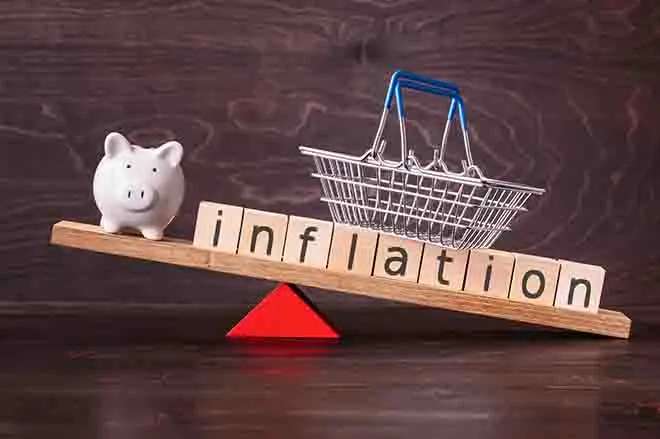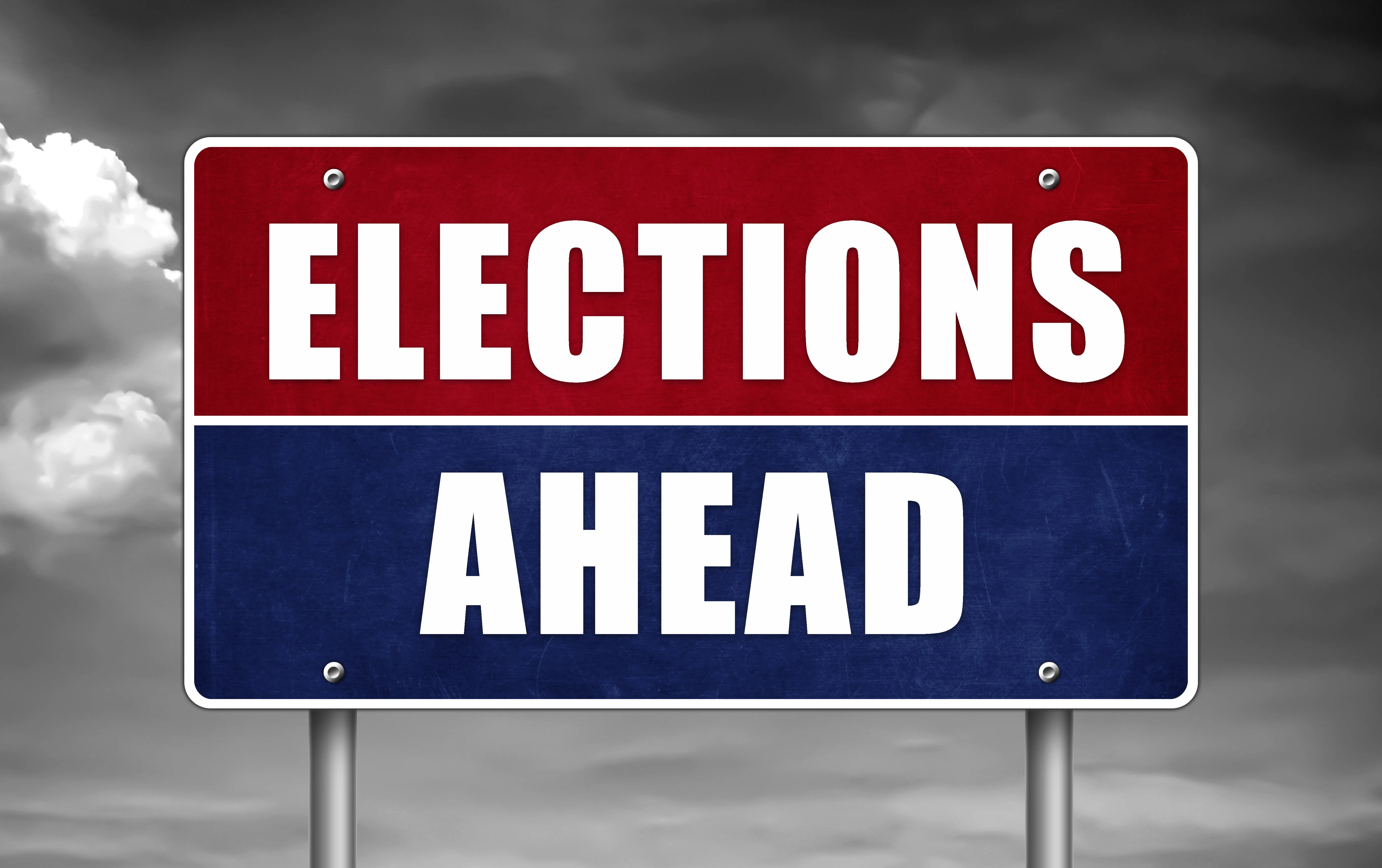
Cost of over-the-counter Narcan could be barrier to use
(The Center Square) – The U.S. Food and Drug Administration's decision to give an opioid overdose antidote over-the-counter status could help as illicit fentanyl floods of the nation's illegal drug market, but how helpful it will be could depend on how much it will cost.
The U.S. Food and Drug Administration's decision means sales of Narcan nasal spray would soon be allowed at pharmacies, grocery stores, convenience stores, gas stations and online. Narcan, a naloxone product, is a medication that rapidly reverses the effects of opioid overdose. Naloxone is the standard treatment for an opioid overdose.
Emergent BioSolutions Inc., which makes Narcan, said that the nasal spray will be available on U.S. shelves and at online retailers by the late summer. The company said it will have to account for "manufacturing changes that will be implemented to support nonprescription packaging" and "supply chain modifications." It has not yet said how much the drug will cost.
FDA Commissioner Dr. Robert Califf said in a statement that the agency was encouraging Emergent BioSolutions to make access to the product at an affordable price a priority. How much it will cost could determine how effective it is at reducing overdose deaths, said Evan Peet, an economist at the RAND Corporation.
While making the drug available without a prescription could help reduce one barrier to access, price could be another barrier, especially for addicts.
The FDA decision is "likely good for some groups, bad for others, and still uncertain for some," Peet said. Making Narcan available without a prescription could increase costs for people with insurance, particularly those with Medicaid, the government program that provides health coverage to low-income people.
"Typically, if something is available over-the-counter, then it is not covered by insurance," Peet said.
People with private insurance typically pay $10 to $30 for naloxone while those with Medicaid or Medicare pay even less, about $2 to $3 for naloxone. For those without insurance, the current price is much higher, about $250 on average, according to the most recent estimates available from 2018.
Groups have forecasted the estimated over-the-counter price for the drug will range from $35 to $65. Emergent BioSolutions did not respond to requests about pricing information or when such information would be available.
"Disproportionately, people with opioid use disorder are uninsured," Peet said. "And so maybe [over-the-counter] is going to be a net benefit because those people are potentially the most vulnerable. But also, people with Medicaid have lower income and are more price sensitive, so it may be particularly negative for that group."
Illicit fentanyl, which is more potent than heroin and some other opioids, poses additional challenges.
"Fentanyl is really driving the bus now," Peet said.
Because of its potency, fentanyl overdoses may require more than one dose of Narcan. Adulterants, such as the veterinary tranquilizer xylazine, pose additional challenges. Earlier this month, the U.S. Drug Enforcement Administration issued a warning about a sharp increase in trafficking of fentanyl mixed with xylazine. The federal agency said xylazine and fentanyl mixtures had been seized in 48 of 50 states. It also noted that the DEA Laboratory System reported that in 2022 about 23 percent of fentanyl powder and 7 percent of fentanyl pills seized by the DEA contained xylazine.
"Xylazine is making the deadliest drug threat our country has ever faced, fentanyl, even deadlier," DEA Administrator Anne Milgram said in a statement.
U.S. officials reported 107,735 overdose deaths between August 2021 and August 2022 from drug poisonings, according to the U.S. Centers for Disease Control and Prevention. About 66 percent of those deaths involved synthetic opioids such as fentanyl.

















